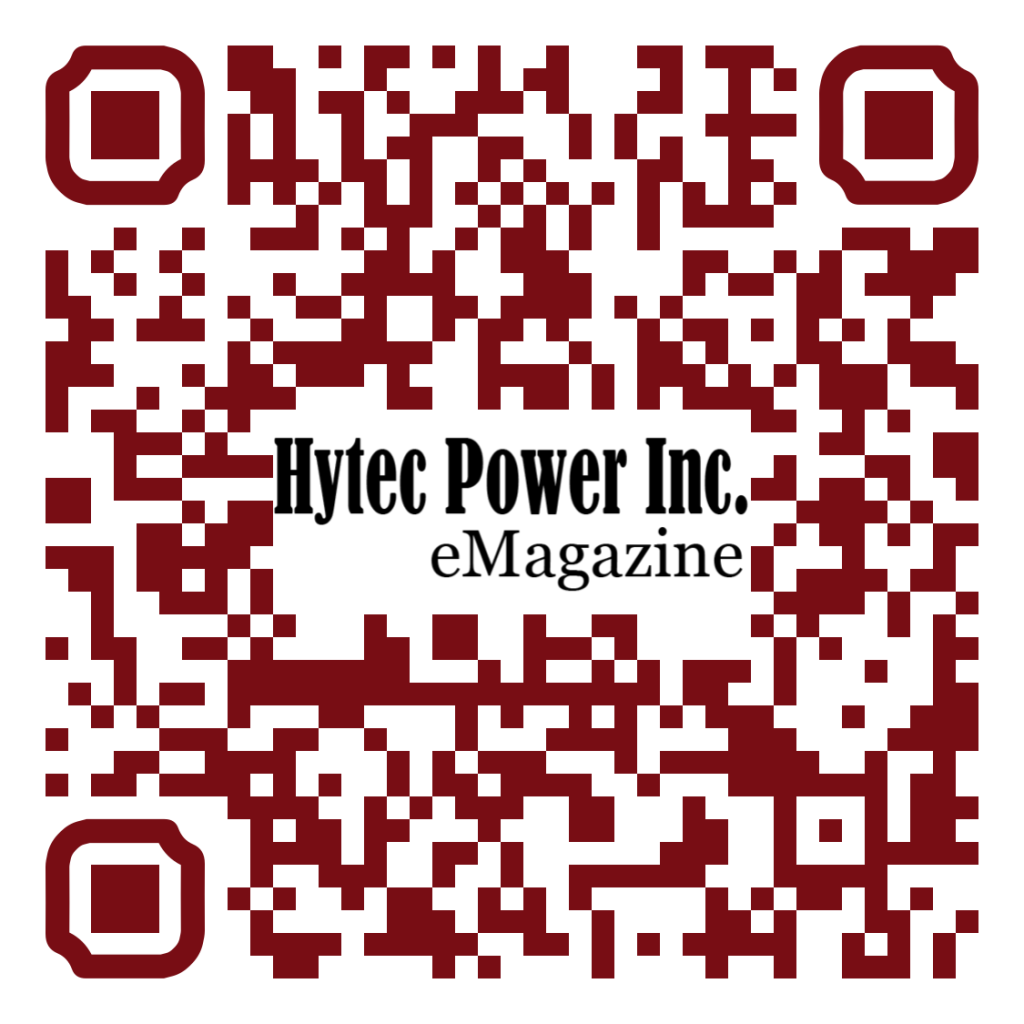
With the advent of our k-12 curriculum in our educational system, the growth of online learning in the k-12 sector is occurring both remotely through virtual schools and on campuses through Education 4.0-Mobile Learning Platform (MLP). The following MLP taxonomy and definitions expand and is being refined to create a shared language for the k-12 sector to cater the kind of our learners in the 21st century. A learning management system helps develop a better feel for an online community where discussions can be held to better aid students. This Virtual Learning Environment helps connect professors with students without physically being present, thus making this a ‘Virtual Interaction’. Many schools use this online tool for online classes, classwork, question & answer forums, and other school related work to process teaching-learning process in the 21st century.
21ST CENTURY LEARNING
The term “21st Century Literacies” was coined by The National Council of Teachers of English to describe the social nature of learning that is supported by the ability to collaborate using digital technologies in learning. Tools that supported by the ability to blended learning include Facebook, Twitter, and Wikis. According to NCTE, active, successful participants in this 21st century global society must be able to:
Education 4.0 – or as previously known “Blended Learning” – is the way e-learning is being combined with traditional classroom methods and independent study to create a new hybrid teaching methodology. It represents, in many cases, a fundamental change in the way
- Develop proficiency and fluency with the tools of technology.
- Build intentional cross-cultural connections and relationships with others to pose and solve problems collaboratively and strengthen independent thought.
- Design and share information for global communities to meet a variety of purposes.
- Manage, analyze and synthesize multiplestreams of simultaneous information.Create, critique, analyze and evaluate multimedia texts.
- Attend to the ethical responsibilities required by these complex environments teachers and students approach the learning experience.
Many use terms like hybrid, mixed, or integrative to describe the same trend. But the trend significant in 2000 an estimated 45,000 k-12 students took an online course, but almost a decade later more than 3 million took courses that way, many of them using computers in the schools themselves. A learning model in three partsThere is a general consensus among education innovators that blended learning has three primary components:
- In-person classroom activities facilitated by a trained educator.
- Online learning materials, often including pre-recorded lectures given by that same instructor.
- Structured independent study time guided by the material in the lectures and skills developed during the classroom experience.
A course created in a blended learning model uses the classroom time for activities that benefit the most from direct interaction. An individual semester of Education 4.0 may emphasize classroom time at the beginning, then gradually increase the amount of work that students do online or during independent study. Many argue that class discussion boards, for example, are far more useful if the participants have met face-to-face first.
BLENDED LEARNING REDEFINING TEACHING ROLES
In some situations, the move to blended learning has inspired educators to redefine traditional roles. The word “facilitator” has emerged as an alternative to “teacher”, empowering students with the skills and knowledge required to make the most of the online material and independent study time, guiding students towards the most meaningful experience possible. Facilitators focus on four key areas:
Incorporating information technology into class project, communication between lecturers and part-time students has improved, and students were able to better evaluate their understanding of course material via the use of “computer-based qualitative and quantitative assessment modules”.
- Formulation and development of online and offline course content.
- Facilitation of communicationwith and among students, including the pedagogy of communicating content online without the contextual clues students would get in person.
- Guiding the learning experience of individual students and customizing material wherever possible to strengthen the learning experience.
- Assessment and grading,not unlike the expectations for teachers within the traditional framework.
By putting an emphasis on learning through supervised activities, Education 4.0 has proven to be very adaptable to what some corporations are calling blended training. Trainers can shift their focus from the delivery of knowledge to its application, and companies spend less flying trainers around to overseas all instruction in person.
Education 4.0 has a strong dependence on the technical resources o tools with which the e-learning experience is delivered. These tools need to be reliable, easy to use, and up to date, for them to have a meaningful impact on the learning experience which allows students to work at their own pace, making sure they fully understand new concepts before moving on. Some online institutions connect students. It is also one of the most effective ways for personalized learning at scale.
